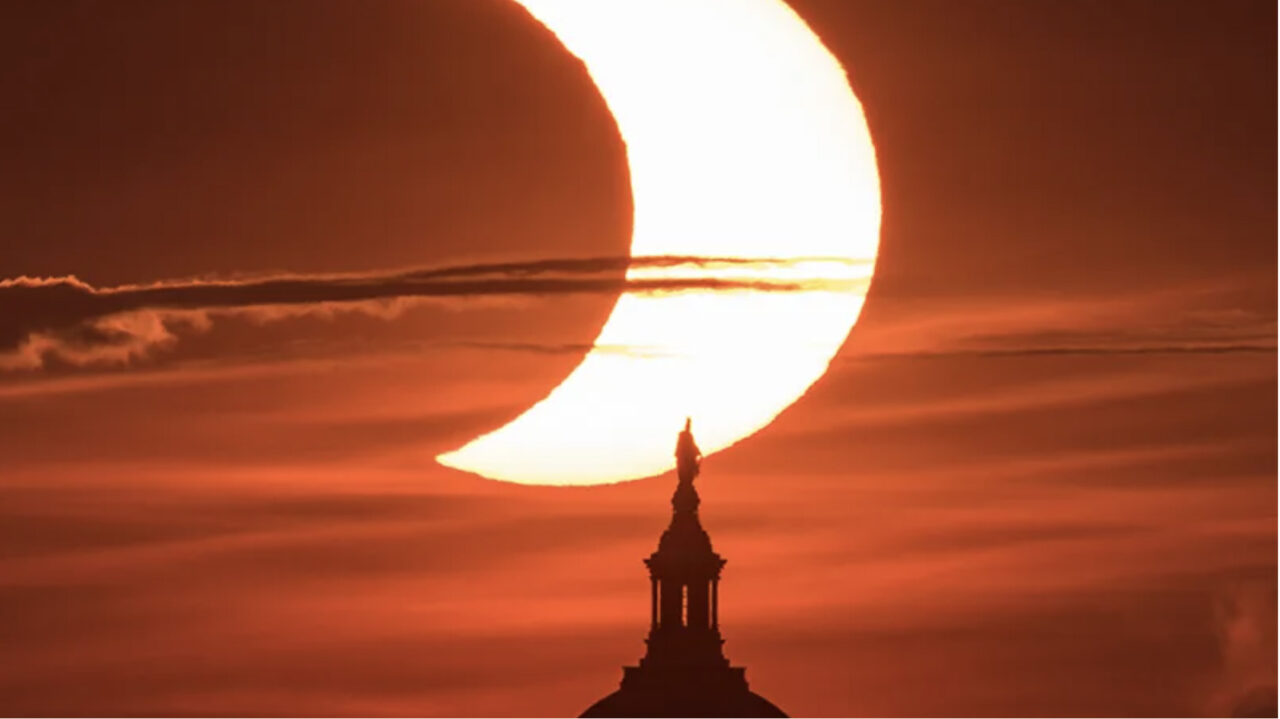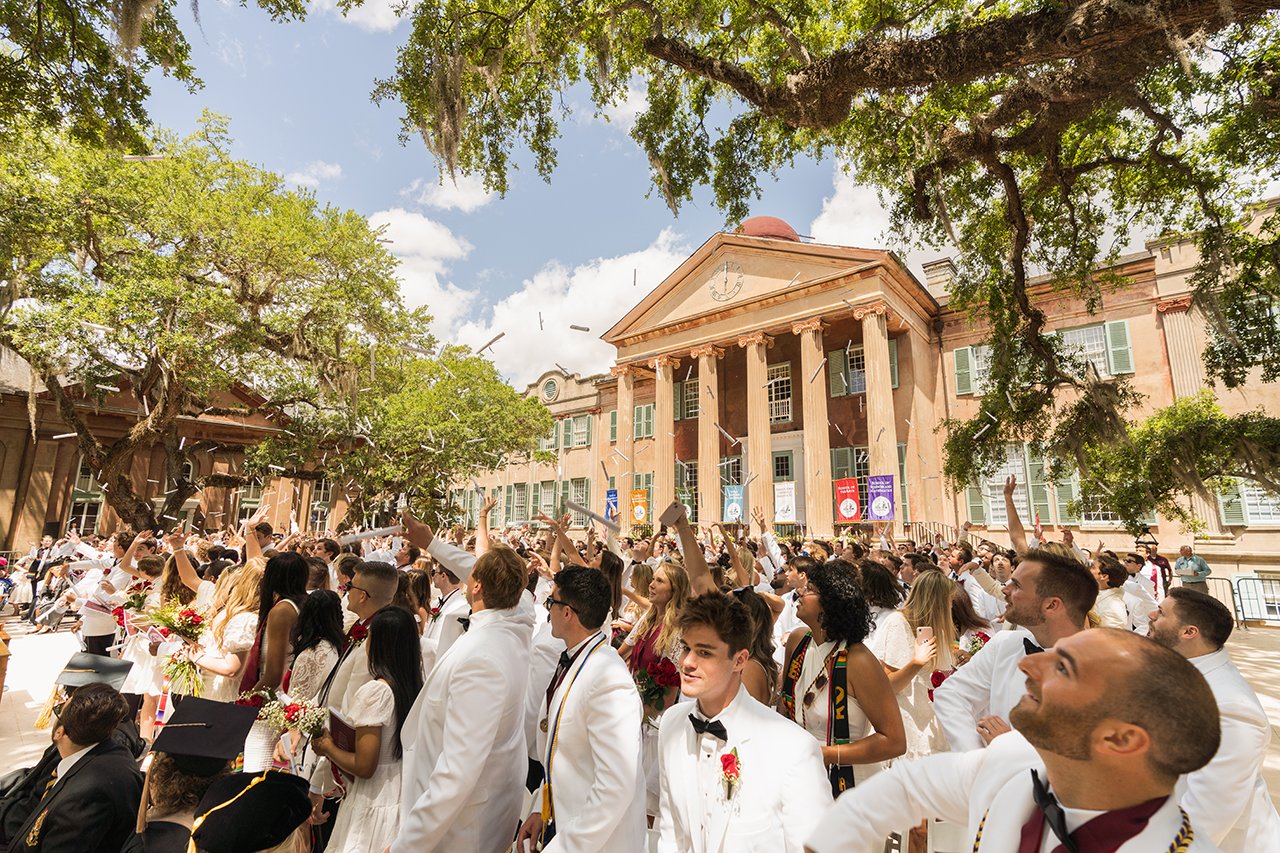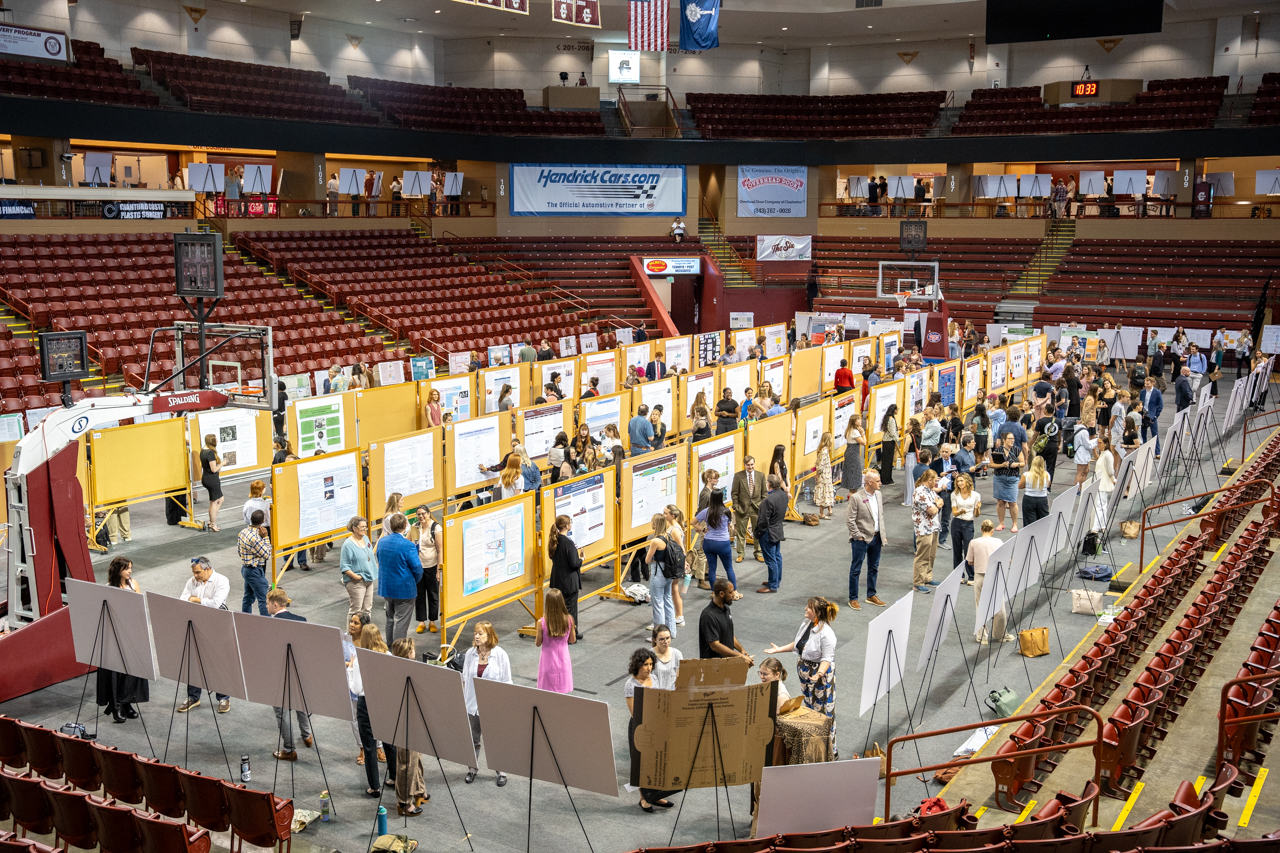College of Charleston Professor Discusses the 2024 Solar Eclipse
Geology professor Cassandra Runyon answers questions about the total solar eclipse on April 8, 2024.

Credit: NASA/Bill Ingalls

On April 8, 2024, North America will experience a total solar eclipse for the second time in seven years. According to NASA, it will be the last total solar eclipse visible from the contiguous United States until 2044.
Although Charleston won’t be in the zone of totality this year, which will begin in Texas before proceeding northeast to the coast of Canada, The College Today wanted to get some insight about what to expect from geology and environmental geosciences professor Cassandra Runyon. Here is what she had to say.
How will this eclipse differ from the one in 2017?
We will only see 65–70% of the total solar eclipse here in Charleston. It will, however, differ in timing. The 2024 total solar eclipse will last for 4 minutes as opposed to the 1 minute ~30 seconds experienced in 2017.
How can we watch it safely?
Great question! Do not look directly at the sun with your naked eye or through a camera lens, telescope or binoculars – or any other viewing device without a solar filter. To protect your eyes, wear eclipse glasses or perhaps welding glasses: something that will block out all the harmful rays from the Sun. These glasses are thousands of times darker than sunglasses.
If you do not have a pair of eclipse glasses, you might watch the eclipse indirectly. Standing with the sun at your back, you can use a colander or pin-hole projector (a card with a hole punched through it) – or just your crisscrossed fingers – to project the sun and eclipse on the ground or wall in front of you.
How often do solar eclipses occur?
Eclipses occur two times per year somewhere on Earth during a new moon. Total solar eclipses, however, only occur every year or two, when the moon is near perigee or closest to the Earth in its orbit. Annular eclipses occur when the moon is near apogee, farthest from the Earth in its orbit.
When will we get another total eclipse here in Charleston?
After this total eclipse on April 8, 2024, the next eclipse that can be seen from the continental U.S. will be on August 23, 2044, starting in Greenland, then sweeping across Montana, North Dakota and South Dakota around sunset. On August 12, 2045, a total solar eclipse will be visible south of Charleston as it passes from California through Alabama and Florida. The next time we may see a near total solar eclipse in Charleston will be decades from now – on May 11, 2078. However, to be in the path of totality for another total solar eclipse as in 2017, we need to wait another 353 years, as – for any given location on Earth – a total eclipse happens only once every 360 years.
What keeps us from having an eclipse every month when the moon is full?
The alignment of the Earth, moon and sun. In order to block the sun, the three planetary bodies must be in direct alignment.
It’s a bit crazy that the moon fits so well in front of the sun, despite their size difference. Why is that?
It is less about the size or diameter of the moon vs. the Earth’s and sun’s diameters than it is the alignment and distance between them. The reason they align so perfectly is that, although the moon is 400 times smaller than the sun, the sun is 400 times farther away.
What have we learned from solar eclipses?
By observing the sun during a solar eclipse, scientists can learn more about the surface structure and activity on the sun. Total solar eclipses allow scientists to see the Corona, a part of the sun that we normally cannot see without blocking its bright light. For example, being able to see the innermost Corona, or that part closest to the sun, scientists can learn more about the heat and energy transfer from the sun into the solar wind. Solar wind is a constant stream of energetic particles blown out from the sun into the solar system. It can directly affect our daily lives. For example, charged particles from the solar wind interact with our atmosphere and can damage the many satellites and communication signals that travel through it.





